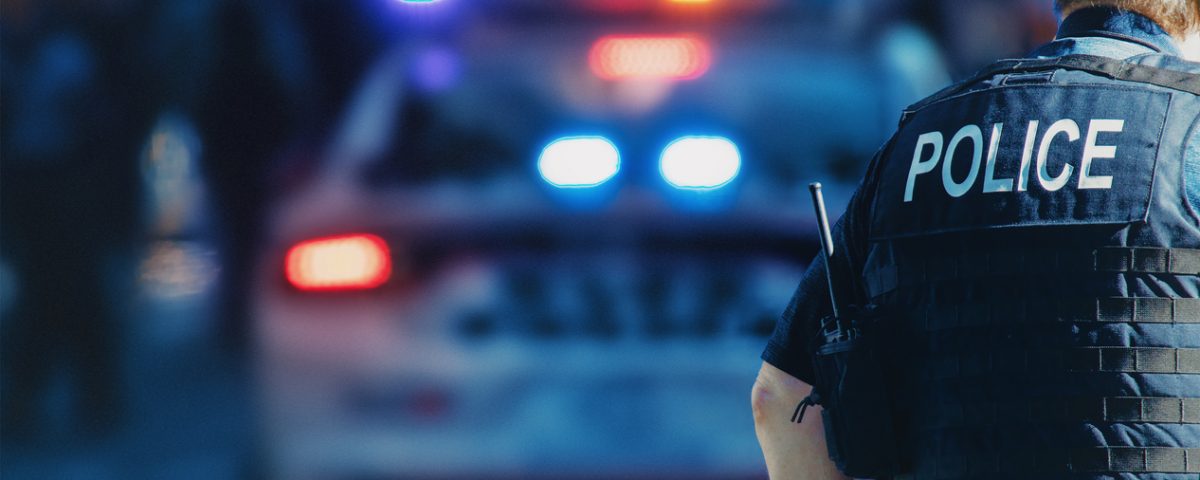How Can Police Create an Active Shooter Response Plan?

Tips for Making Teaching Special Education Simpler
September 7, 2021
How Police Can Develop a Drone Policy
September 20, 2021How Can Police Create an Active Shooter Response Plan?
An active shooter crisis is anybody’s worst nightmare, but it’s an increasingly common reality. According to the FBI, thousands of lives have been lost to such incidents. Preparedness may by the best defense against such tragedy, and in order to be prepared, authorities need to have a response plan in place. This is especially true for police, who are typically the first authorities called to the scene in active shooter situations. Policy can create an active shooter response plan and minimize the risks of casualties by following these four essential steps.
Close Roads and Enter Lockdown
The first step in any effective response plan should be securing the affected area. Whether it’s a school, shopping mall, or business building, a plan should be in place to prevent any entry from civilians once an active shooter situation is confirmed. To do this, police should identify the roads that must be closed as well as the facility’s lockdown procedure. Preventing people from entering the building is a major component of minimizing potential losses when an active shooter is on the premises.
Assemble a Team of Leaders
Once a lockdown procedure has been established, a response plan should identify the leaders in an active shooter crisis. If the crisis takes place in a school, for example, the names and contact information of the administration should be included in the response plan. Similarly, a response plan for a shopping mall should include information for management. It’s vital that this information be kept up to date so that it isn’t obsolete if a moment of crisis arrives.
Identify Critical Areas of Operation
Any crisis response effort requires strategic establishment of a base of operations. As emergency response personnel arrive on the scene, they should know where to go for information and instruction. It’s essential, then, that police establish a clear center of operations in a response plan and provide clear directions for accessing that location. A secondary base of operations should also be established in the event that the primary location is compromised by the activity of the active shooter. Directions for access to both of these locations should be explicated in the response plan.
Designate a Strategy for Recovery
Finally, an emergency response plan should designate a strategy for recovering victims from the scene of the shooting. This is the most important task of all, so naturally, the response plan should be most detailed in addressing it. Details should include the strategy that will be employed by police to safely usher civilians out of the building as well as the location they will be escorted to. The plan should also address ensuring compliance from civilians, as many of them may be resistant due to panic. In the aftermath of an active shooter situation, civilians should be referred to resources to address the experience.
About PGUI
Professional Governmental Underwriters, Inc., is a full-service risk management company dedicated to assisting public, educational and non-profit entities in the management of their professional liability exposures including educators liability insurance. We are dedicated to providing state-of-the-art professional underwriting management and loss control advisory services on behalf of our designated carriers. For more information, call us toll-free at (800) 586-6502.


